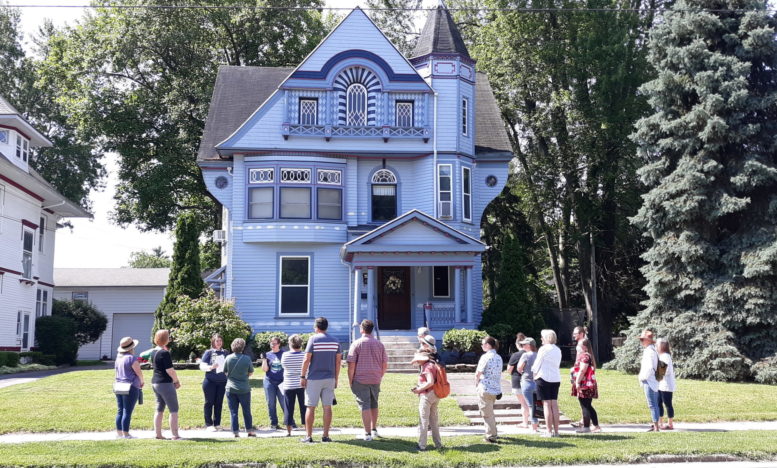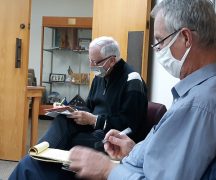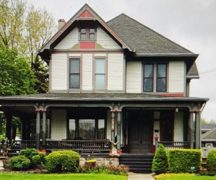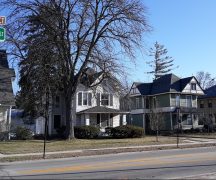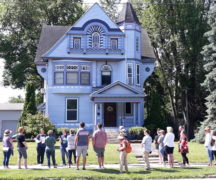By JAN LARSON McLAUGHLIN
BG Independent News
When the Bowling Green area was settled by white people in the mid-1800s, the location of the downtown was in dispute.
First known as Mt. Ararat, the area at the current intersection of South Main Street and Napoleon Road was in the running for the downtown distinction, according to Wil Roudebush, a member of the Bowling Green Historic Preservation Commission.
“That was what they originally thought would be the center of the city,” Roudebush said during a recent meeting of the commission.
But business people further north, close to today’s intersection of Main and Wooster streets, got together and pushed for that location – which was less swampy than the southern site, Roudebush surmised.
One of the first schools in the community had been built at the northeast corner of Napoleon and South Main. It was quite a walk – with no streets or sidewalks – for the first students including the Martindales, who lived on Haskins Road.
Stories from that era tell of the swampy area being home to rattlesnakes – with one student reportedly being bitten on his way to school one day, added Dick Martin, a member of the Friends of the Historic Preservation Commission.
As more businesses were built in the area of Main and Wooster, the downtown plans shifted.
“So that became the core of the downtown,” Roudebush said. “Basically they took it away from Mt. Ararat.”
The Bowling Green Historic Preservation Commission wants to share these types of tidbits with the community.
The group is considering designating historic districts by streets, so there is more opportunity to address the bigger historic pictures of portions of the city.
“That’s what I like about the streets. You can dig into the history about what went on on the streets,” Roudebush said.
“Do we want to try one street and see how it goes?” asked HPC President Chris Mowen.
HPC member Geoff Howes said once one street is designated, that may stir interest by other residents.
“The sooner we get it going, we can designate, and if we publicize those designations, other neighborhoods may be interested,” Howes said.
Some of the historic structures being targeted for preservation are still in existence – like the county courthouse, a few “marriage mill” houses, the windmill on Clough Street, and ornate buildings downtown and homes on West Wooster Street.
Some of the structures are long gone, but the sites still tell the story of Bowling Green’s history – such as the former Heinz plant, the old armory, and an early tavern at North Main Street and Poe Road.
Roudebush also suggested some research be done on “kit” homes still standing in Bowling Green. The fabricated homes were sold in the early 1900s, with Sears & Roebuck and Montgomery Ward kits being common in this area. All the pieces were numbered to be constructed on residential lots.
“To me, those are kind of significant,” Roudebush said. “I think those are pretty unique.”
Howes said he knows of one kit house on Ridge Street.
The HPC is looking to focus on the history of the downtown area by working with BGSU on an interpretive signage project. Multiple signs will be erected to tell the general history of the downtown.
The HPC is also planning for Ohio Historical Preservation Month in May, by asking people with historic homes or businesses to share some history of their structure and post a temporary yard sign stating a slogan such as “History lives here” or “This place matters.”
Residents are encouraged to contact the Historic Preservation Commission if they are interested in participating.
The HPC also asked its “friends” organization to compile interesting tidbits about Bowling Green’s history. “The storytelling is so important,” said HPC member Christine Tracy.

